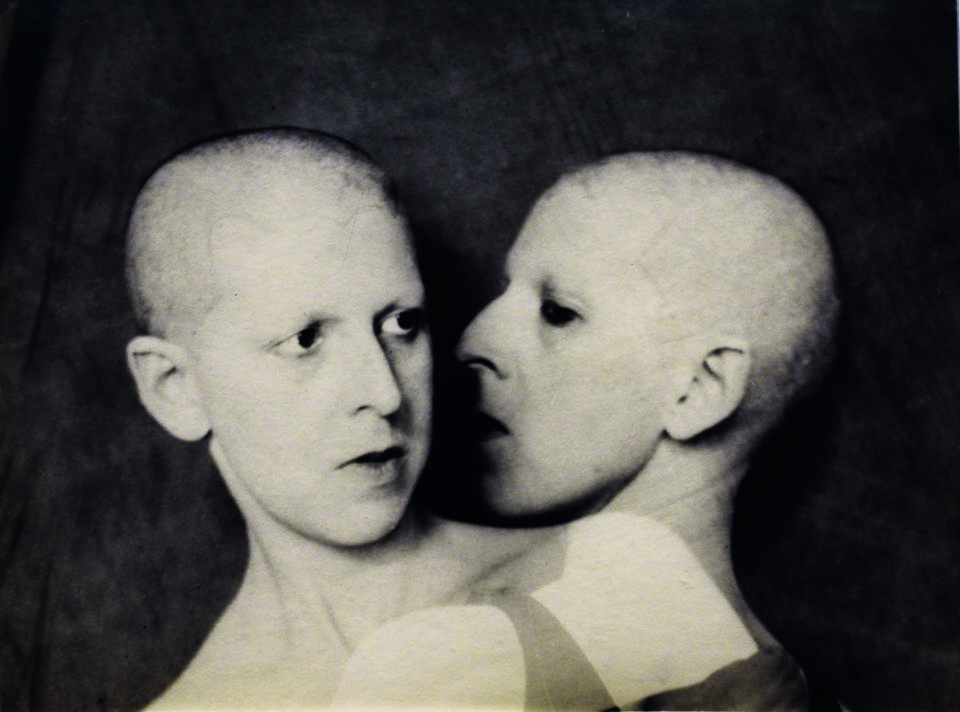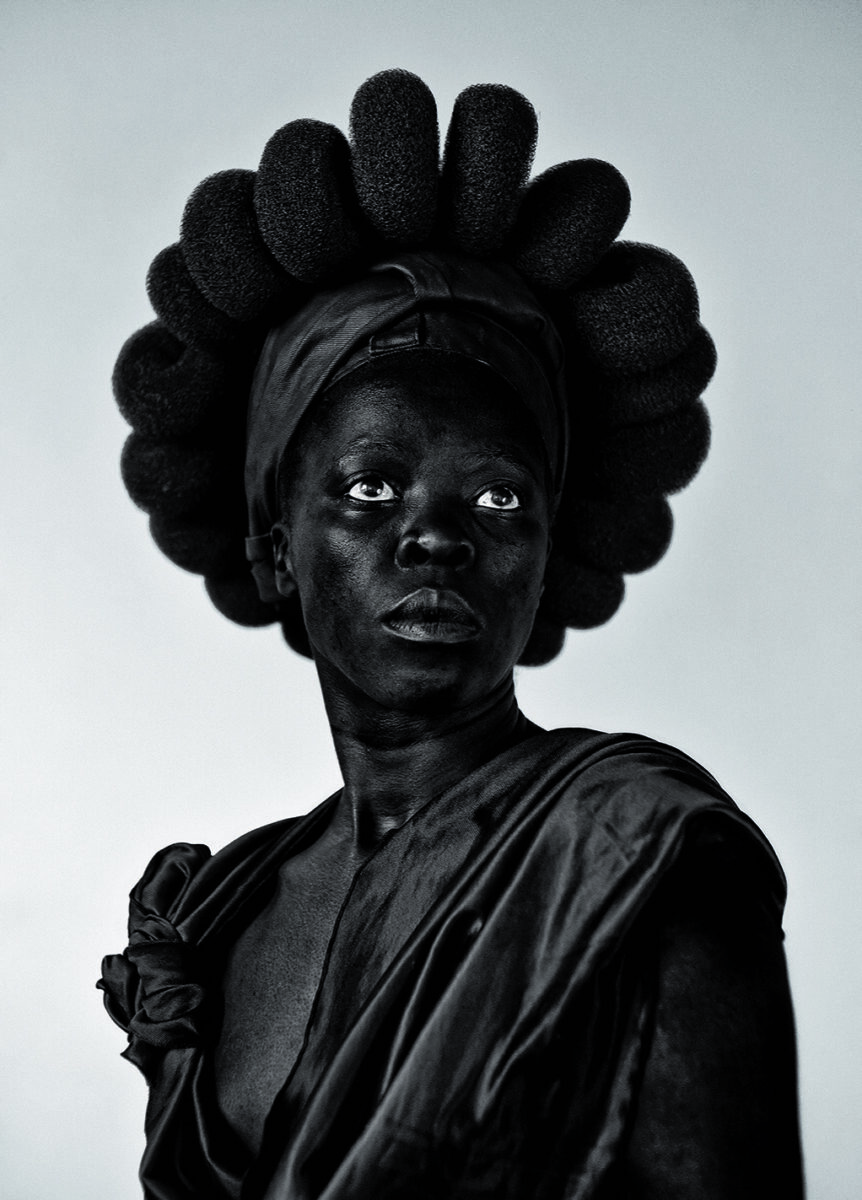What would Leonardo Da Vinci make of selfie culture? This is an impossible question, but it’s one you can’t help but wonder whilst reading The Self-Portrait, a new book by Arts Council Collection Senior Curator Natalie Rudd. It’s part of Thames & Hudson’s Art Essentials series, which charts the evolution of the genre over seven centuries. For Da Vinci and other Renaissance artists, the mirror was “a teacher”: the self-portrait was an outlet to fine tune and flaunt their skills. To the social media natives of today, the selfie is an everyday practice of non-verbal communication.

The story begins in the 15th century with Flemish painter Jan Van Eyck, taking us up to 2016 with the conceptual, non-figurative work of British artist Ryan Gander – who, as it so happens, studied at the Jan Van Eyck Academy in Maastricht. Along the way, Rudd introduces readers to 60 artists through selections of their works, accompanied by accessible, engaging texts, which are full of lively biographical details, close analysis and contextual exploration.
The big hitters of art history make an appearance – from a rare 16th century image of Michelangelo to Tracey Emin’s more conceptual piece, My Bed. The controversial installation evolved from a “dark emotional place,” and was shortlisted for the Turner Prize in 1999. It was a new kind of self-representation – instead of a face, audiences were confronted with a replica of the artist’s bedroom: disheveled, untidy, raw.

Rudd also brings to light lesser-known examples. It’s fascinating to learn more about the early development of self-portraiture by women. In the 16th century, Italian pioneer Sofonisba Anguissola presented new approaches, showing herself holding up her signature, for example. She was also one of the first creatives to depict themselves at work. In 1906, German artist Paula Modersohn-Becker painted Self-Portrait on Her Sixth Wedding Anniversary, which shows her pregnant and naked from the waist up, her gaze linking eyes intently with the viewer.
This publication also charts cultural history. Chronology gives way to thematic groupings as the book progresses, with titled sections such as ‘Soul Searching’ or ‘Making Faces’. If Van Gogh or Frida Kahlo found in self-portraiture a way to work through psychological and physical trauma, Cindy Sherman or Zanele Muholi took the opportunity to perform identities, confronting gender and racial stereotypes. What’s most striking, though, are the continuities. Ever-present, the self has always been the perfect subject for artistic experimentation and expression.
Art Essentials: The Self-Portrait by Natalie Rudd is published by Thames & Hudson. Visit thamesandhudson.com
Words: Rachel Segal Hamilton
- © Tracey Emin. All rights reserved, DACS/Artimage 2021. Image courtesy Saatchi Gallery, London. Photo: Prudence Cuming Associates Ltd Tracey Emin, My Bed, 1998. Box frame, mattress, linens, pillows and various objects. Overall display dimensions variable, Tate. Lent by The Duerckheim Collection, 2015. On long term loan.
- Metropolitan Museum of Art, New York. Photo Peter Horree / Alamy Stock Photo. Claude Cahun, What Do You Want from Me?, 1928. Gelatin silver print, 18 x 23 cm (7 x 9 in.)
- © Zanele Muholi. Courtesy Stevenson, Cape Town/Johannesburg and Yancey Richardson, New York Zanele Muholi, Ntozakhe II, Parktown. 2016. Gelatin silver print 100 x 72 (39⅜ x 28⅜ in.) Courtesy the artist and Stevenson, Cape Town/Johannesburg.




